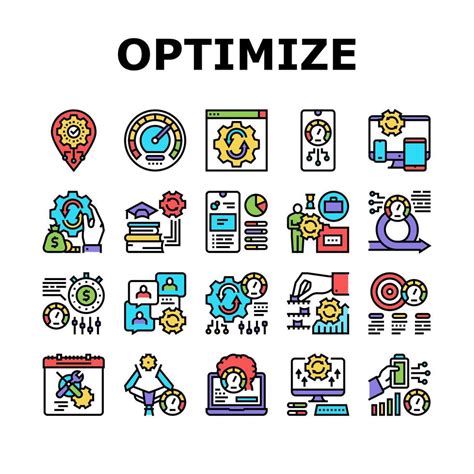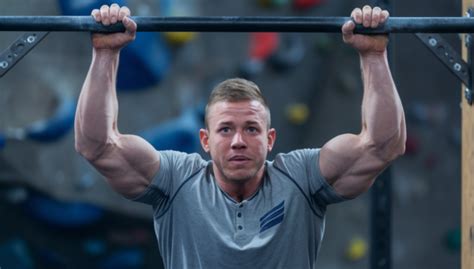Break strength plateaus? Optimize lifting intensity & recovery for peak performance.

The Frustration of the Plateau: Why Your Gains Have Stalled
Every dedicated lifter eventually encounters the dreaded strength plateau. That moment when the weights that once felt challenging but achievable now seem immovable, or your rep count stubbornly refuses to budge. It’s a common, frustrating hurdle that can leave you questioning your program and your progress. But a plateau isn’t a sign of failure; it’s a signal from your body that it has adapted to your current stimulus and needs a new approach. To break through, we must look beyond simply pushing harder and instead focus on intelligently optimizing two critical components of training: lifting intensity and recovery.
The primary reasons for hitting a plateau often boil down to a lack of progressive overload, insufficient recovery, or a combination of both. Your body is incredibly efficient; once it adapts to a certain stress, that stress no longer prompts further adaptation. Continuing the same routine with the same intensity, volume, and recovery strategies will inevitably lead to stagnation. Understanding this fundamental principle is the first step towards renewed progress.

Optimizing Lifting Intensity: Beyond Just More Weight
Many believe that “optimizing intensity” simply means adding more weight to the bar. While progressive overload (gradually increasing the demands on your muscles) is foundational, intensity is a multi-faceted concept. It encompasses not just the load, but also volume, frequency, tempo, and exercise selection.
Strategic Progressive Overload
To consistently challenge your muscles, you need to vary the stimulus. This can involve:
- Increasing Weight: The most obvious method, but not always sustainable indefinitely.
- Increasing Reps/Sets: If you can’t increase weight, try to do more reps or an extra set with the current weight.
- Decreasing Rest Times: Shorter rest periods between sets increase the metabolic stress on muscles.
- Improving Exercise Form: Better technique allows for greater muscle activation and safer lifting, often enabling more effective overload.
- Increasing Time Under Tension (TUT): Slower eccentric (lowering) phases or isometric holds can dramatically increase the challenge.
Consider implementing periodization into your training—cycling through phases of higher volume/lower intensity and lower volume/higher intensity. This strategic variation prevents adaptation and allows your body to recover from intense phases while still making progress.

The Non-Negotiable Role of Recovery
You don’t get stronger in the gym; you get stronger recovering from the gym. The training stimulus is just the catalyst; growth and adaptation happen during the recovery phase. Neglecting recovery is one of the most common, yet overlooked, reasons for strength plateaus and even regressions.
Sleep: The Ultimate Performance Enhancer
Quality sleep (7-9 hours for most adults, even more for athletes) is paramount. During deep sleep, your body releases growth hormone, repairs muscle tissue, and consolidates energy stores. Chronic sleep deprivation impairs physical performance, reduces muscle protein synthesis, and elevates cortisol levels, all of which hinder strength gains.

Nutrition: Fueling Growth and Repair
Your diet directly impacts your ability to recover and grow. Ensure you’re consuming:
- Adequate Protein: Essential for muscle repair and synthesis (1.6-2.2g per kg of body weight).
- Sufficient Carbohydrates: Replenish glycogen stores, providing energy for future workouts and aiding recovery.
- Healthy Fats: Crucial for hormone production and overall cellular health.
- Hydration: Water is involved in every metabolic process, including nutrient transport and waste removal.
A caloric deficit, while sometimes necessary for fat loss, can impede strength gains. Ensure you’re eating enough to support your training demands.

Active Recovery and Stress Management
Beyond sleep and nutrition, consider incorporating active recovery techniques like light cardio, stretching, foam rolling, or yoga. These can improve blood flow, reduce muscle soreness, and enhance flexibility without adding significant stress. Equally important is managing psychological stress. High stress levels elevate cortisol, which can catabolize muscle tissue and impair recovery. Finding outlets for stress (hobbies, meditation, spending time in nature) is crucial for overall well-being and physical performance.
Putting It All Together: A Holistic Approach to Peak Performance
Breaking through a strength plateau isn’t about finding a single magic bullet; it’s about integrating smart training with intelligent recovery strategies. Regularly assess your program, listen to your body, and be willing to make adjustments. This might mean incorporating a deload week when feeling fatigued, experimenting with different rep schemes, or simply making a concerted effort to improve your sleep hygiene.
The journey to peak performance is ongoing. By understanding the dynamic interplay between stress (training intensity) and adaptation (recovery), you empower yourself to consistently challenge your body, foster new growth, and ultimately, shatter those stubborn strength plateaus, paving the way for sustained progress and impressive new personal bests.









